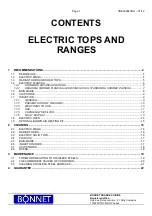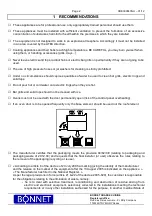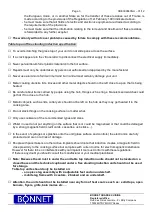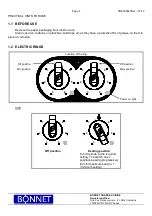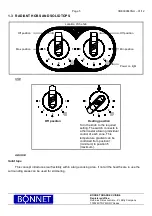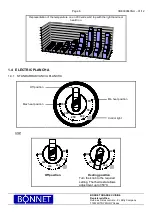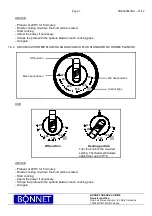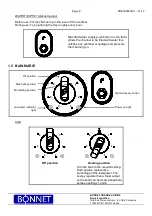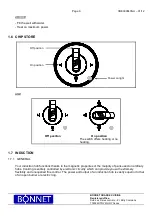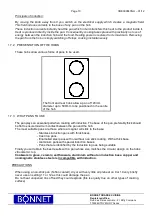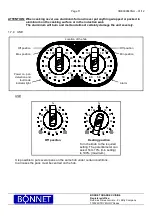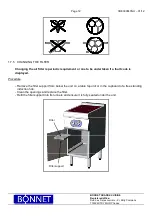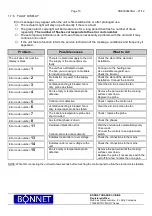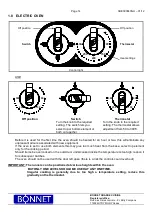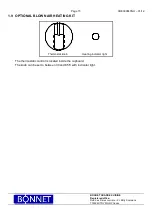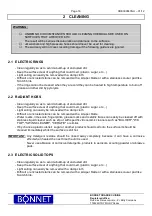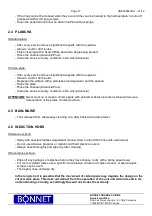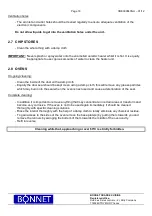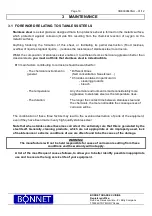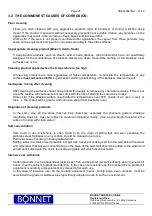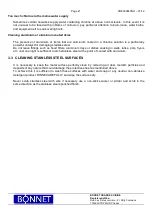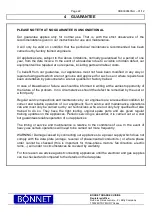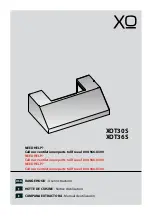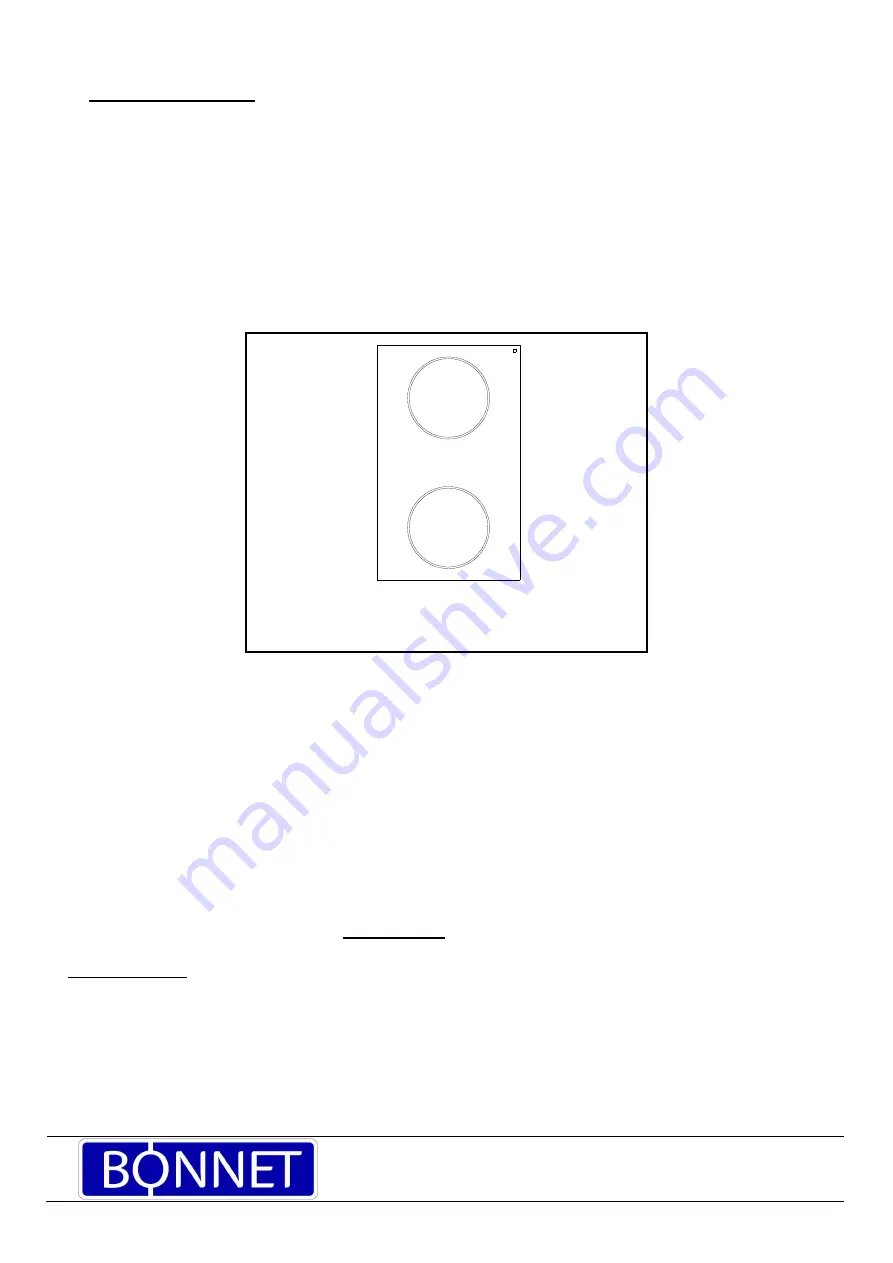
Page 10
3BE390843NU – 01/12
BONNET GRANDE CUISINE
Registered office:
Rue des Frères Lumière - Z.I Mitry Compans
77292 MITRY MORY Cedex
Principals of induction:
By moving the knob away from 0 you switch on the electrical supply which creates a magnetic field.
This field induces currents in the base of any pan on the hob.
These induction currents instantly heat the pan which in term transfers this heat to the product inside it.
Heat is produced directly inside the pan. Consequently cooking takes place with practically no loss of
energy between the induction hob and the food. Heating power is restored to its maximum. Removing
the pan from the hob or simply switching off stops cooking instantaneously.
1.7.2 PRESENTATION OF THE HOBS
These hobs allow various forms of pans to be used.
The front and rear hobs allow a pan of 120mm
diameter up to 500mm to be positioned in the centre
of the hob.
1.7.3 WHAT PANS TO USE
The pan plays an essential part when cooking with induction. The base of the pan, preferably thick should
be flat to ensure maximum contact between the pan and the hob.
The most suitable pans are those where a magnet will stick to the base:
- Stainless induction pans with thick bases.
- Cast iron pans.
- Enamelled steel pans with or without non stick coating. With a thick base.
- Aluminium pans with special induction bases.
- Pans that are identified by the Induction logo as being suitable.
Finally you will obtain the best results with a pan whose size matches the circular design on the hobs
vitroceramic top.
Cookware in glass, ceramic, earthenware, aluminium without an induction base, copper and
nonmagnetic stainless steel are incompatible with induction.
PRÉCAUTIONS
When using a non-stick pan (Teflon coated), dry or with very little oil preheat on 9 or 10 very briefly
never use on setting 11 or 12 as this could damage the pan
Do not heat unopened tins of food they could explode (this is equally true on other types of cooking
surface)


